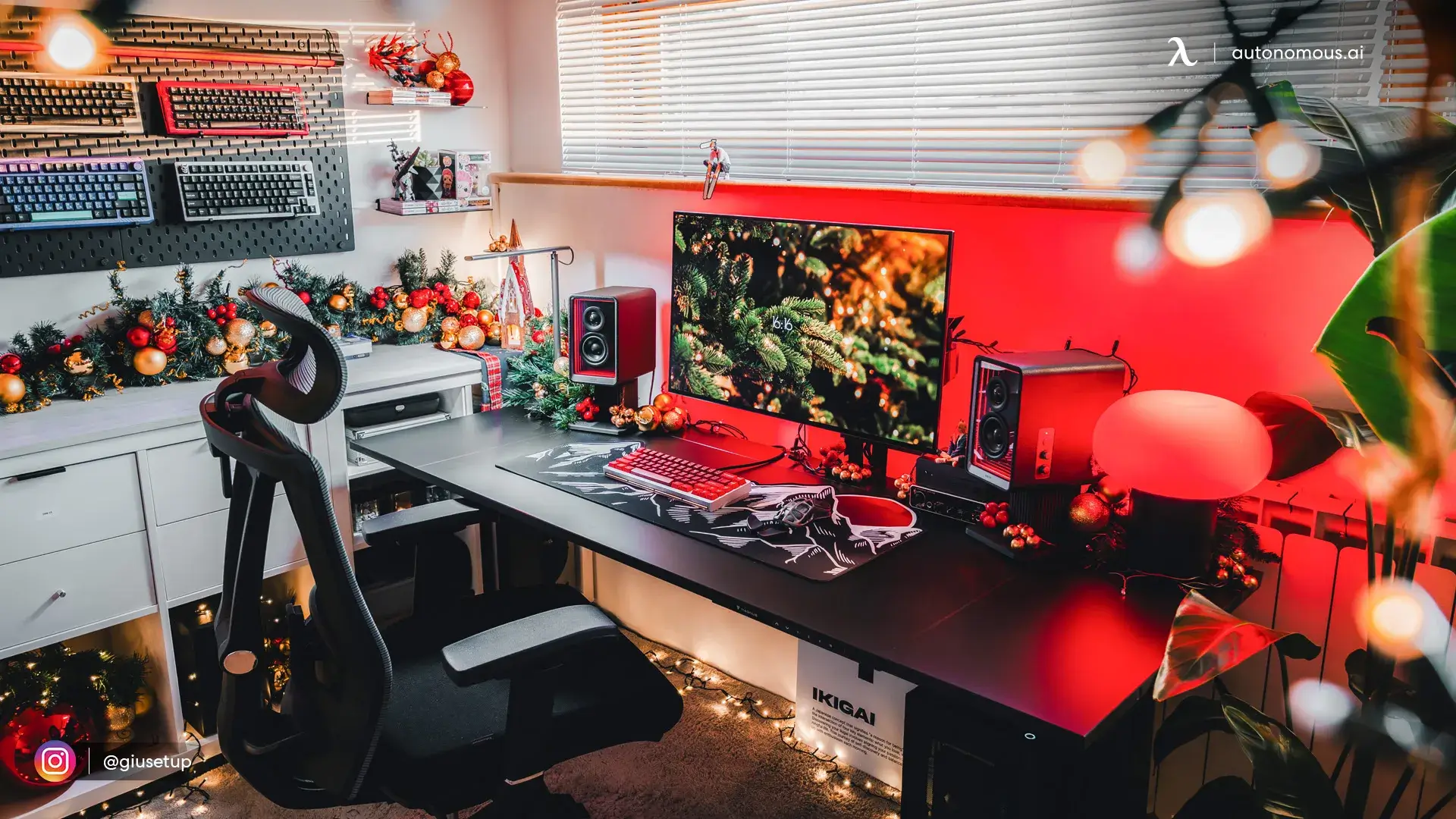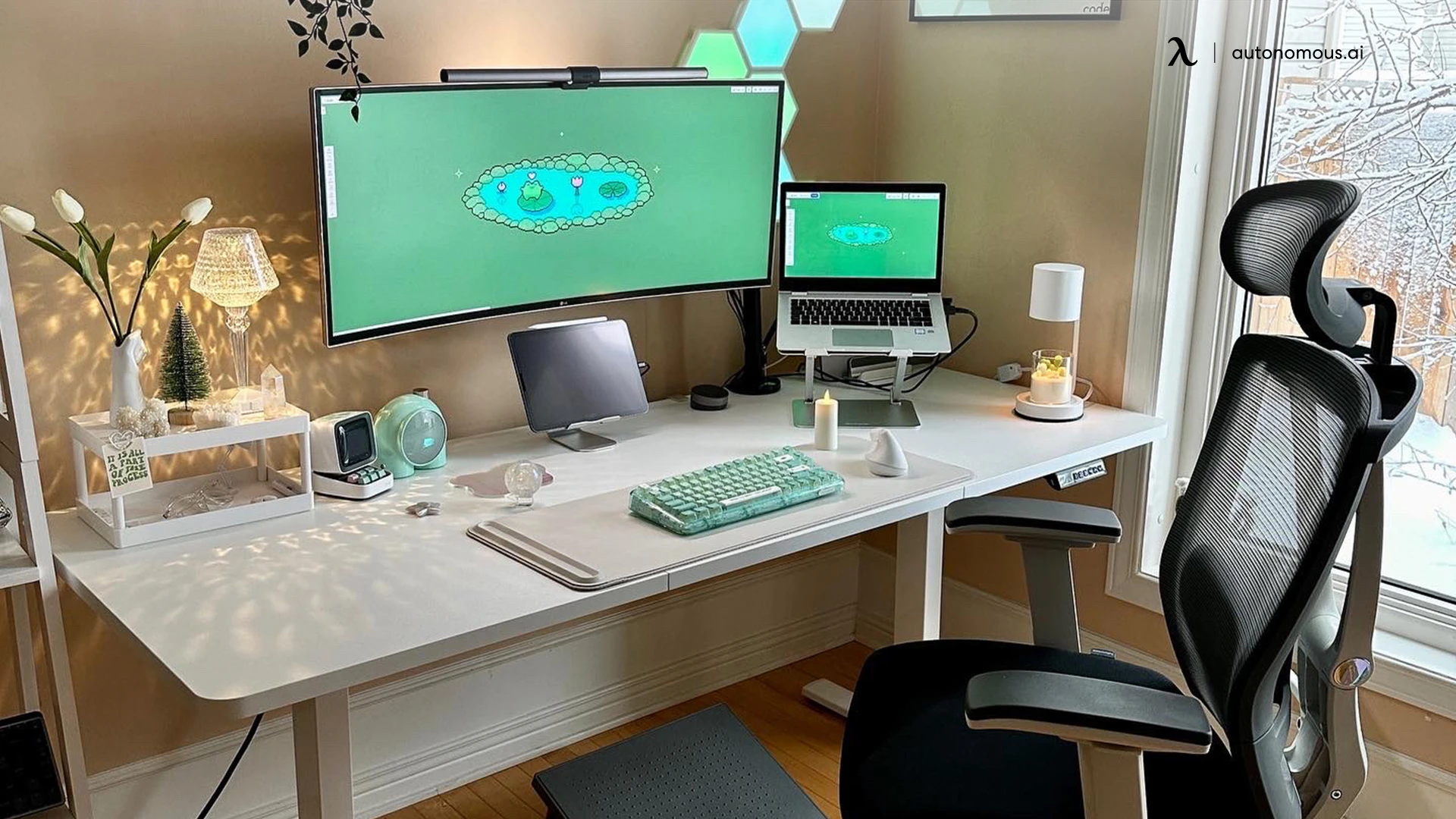- Newest
- Most viewed
Interested in a Link Placement?

New Year Quotes for Work to Start the Year Right
Start the year on a positive note with New Year quotes for work that feel professional, uplifting, and ready for emails, teams, and business messages.
Latest Updates | Dec 22, 2025 999 views
.webp)
From Screens to Servos: Why Robots play an important role in the AI World
Smart Products | Dec 22, 2025 863 views

Best New Year Gifts for Teachers: Fresh Tools for 2026
Latest Updates | Dec 21, 2025 591 views

Best New Year Gifts for Family to Ring in 2026 Together
Latest Updates | Dec 18, 2025 342 views

10 Best Last Minute Christmas Gifts That Don’t Feel Rushed
Latest Updates | Dec 18, 2025 168 views

Christmas Gift Meaning and Why We Exchange Gifts at Christmas
Latest Updates | Dec 18, 2025 915 views

20 Best New Year Gifts for Your Boss Who Has Everything
Latest Updates | Dec 17, 2025 619 views

Best Christmas Gift Cards for Easy Gifting
Latest Updates | Dec 12, 2025 474 views

GeForce RTX 5080 Review: Gaming, Ray Tracing & Creator Power
Gaming Setup | Dec 17, 2025 648 views

OnePlus 13 Review: Is It Worth the Price in 2025?
Dec 16, 2025 853 views

20 Personalized Christmas Gifts That Actually Feel Special
Latest Updates | Dec 15, 2025 790 views

Best Christmas Apple Deals on iPhones, iPads & More
Latest Updates | Dec 11, 2025 459 views
.svg)
